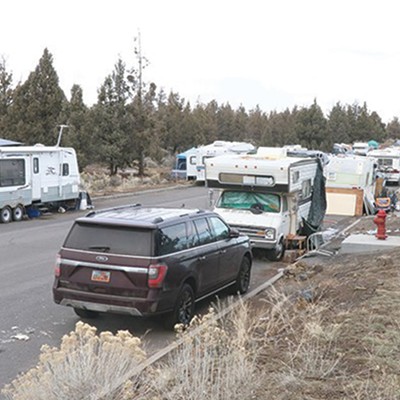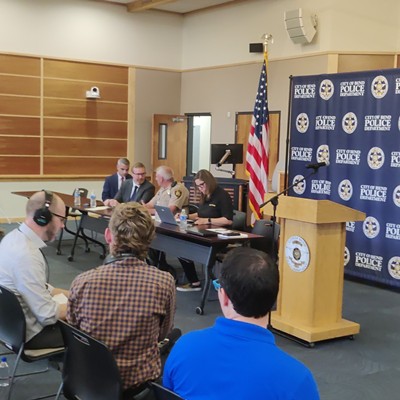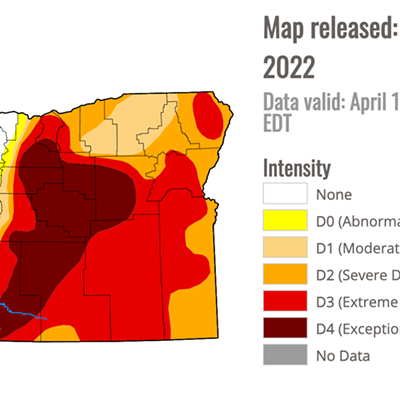Health care coverage is a "hot topic" these days, and Oregon is no exception. The uncertainty created by discussions in Washington, D.C., only adds to the chaos in the health care arena—but a pair of bills currently making their way through the Oregon Legislature meets this head-on.
Senate Bill 558 and House Bill 2726, commonly referred to as "Cover All Kids," have both made it through their respective policy committees and have landed in the Joint Committee on Ways and Means. These bills each have bipartisan support. They are essentially the same bill, and their objective is to ultimately extend health care coverage to the estimated 17,500+ children in Oregon ages 0 through 18 who do not have health care coverage. These bills do essentially two things: revise requirements for coverage, and set up a process to develop outreach and marketing strategies to encourage enrollment in the Health Care for all Oregon Children program.
The bills modify which children qualify for coverage as well as the metrics for determining eligibility. Coverage would be extended to any child 0 through 18 who "resides" in the state, and "the income of the child's family is at or below 300 percent of the federal poverty guidelines." Current guidelines extend coverage only "if the child is lawfully present" in the state. The current metric is much more restrictive, allowing up to the 300 percent level only, "as long as federal financial participation is available for the costs of the coverage." The latter requirement is excluded in the current legislation.
Effectively, the new requirements take away the impediments contained in the original 2009 legislation creating the Health Care for all Oregon Children program. The two eligibility requirements creating the most conversation are those doing away with the legal residency requirement and the requirement of federal financial participation. The Legislative Fiscal Office estimates that if Oregon adds an additional 14,928 children over the 2017-2019 biennium, it will cost the state an additional $54,761,718.
Obviously, with current budgetary constraints, this expansion of coverage brings to the forefront what is arguably the major challenge the legislation faces: money. Rep. Knute Buehler, (R), explained his vote against the House bill in committee: "At a time when the governor is already cutting services for the elderly, veterans, and abused children and Oregon is hard pressed to maintain Medicaid for those who are currently covered, I cannot justify spending an additional $55 million to create a program for new beneficiaries." He also pointed to the fact that many of the existing services have matching federal funds, where the proposed expansion does not.
Beyond the financial challenges, other opponents underscore the fact that this expansion is largely benefitting children who may not be here legally. This has been an impediment to similar legislation in previous sessions of the Legislature. In talking with sponsors of the current legislation, there is some optimism that despite these challenges, there's momentum.
As Sen. Arnie Roblan, (D), a chief sponsor of both bills, and a retired school administrator, explained: "There is a moral imperative that every child who comes to our schools be as healthy as possible." Since we have an obligation in this state to educate all children, he believes that it stands to reason that we do everything possible to ensure the physical health of all those we are charged with educating. He also emphasized that there is a shared view that we should not hold kids responsible for the actions of their parents.
Rep. John Huffman, (R), also a chief sponsor, expressed similar sentiments, stating that, "I believe kids need to be prioritized for access to quality preventive primary care and an emergency visit is not quality/primary care." Both he and Roblan discussed the economic connection with kids missing school, parents missing work to stay home to take care of a sick child and the trickle down impact on employers. Both also emphasized the reduction in chronic absenteeism if students are healthy, and the impact this ultimately has on the educational benefits for students and their futures.
Where this legislation will go this session is by no means certain. Ways and Means will almost certainly choose only one bill to consider going forward. The governor has set aside $20 million in her proposed budget to cover this expansion.
The question is whether enough momentum has gathered to push forward the idea to "Cover All Kids?"
Judy Stiegler has served as an Oregon State Representative, on the Bend-La Pine School Board, the State Board of Education and Government Ethics Commission and currently, on the State Quality Education Commission. She's also a political science instructor at OSU-Cascades and COCC.

























